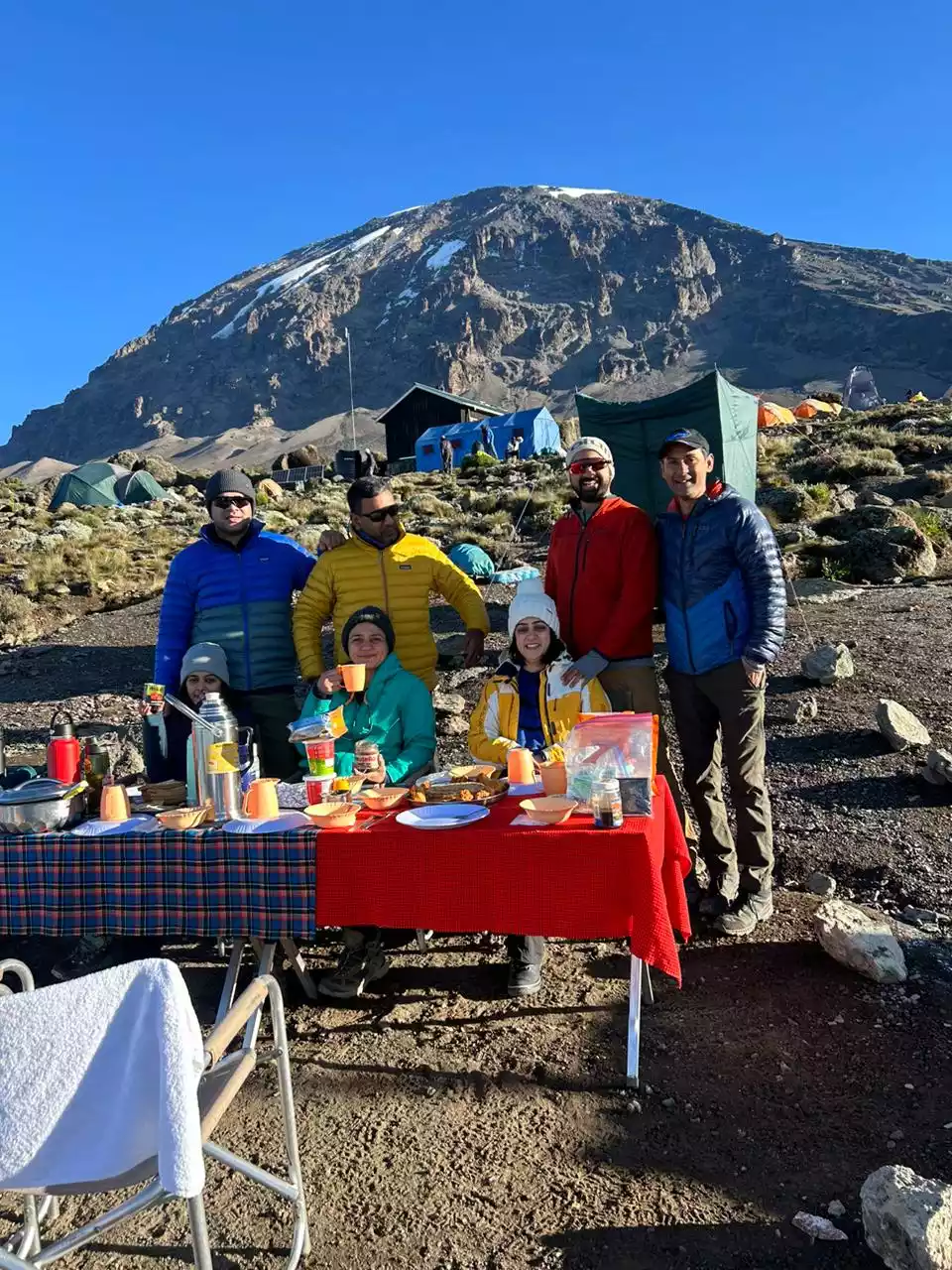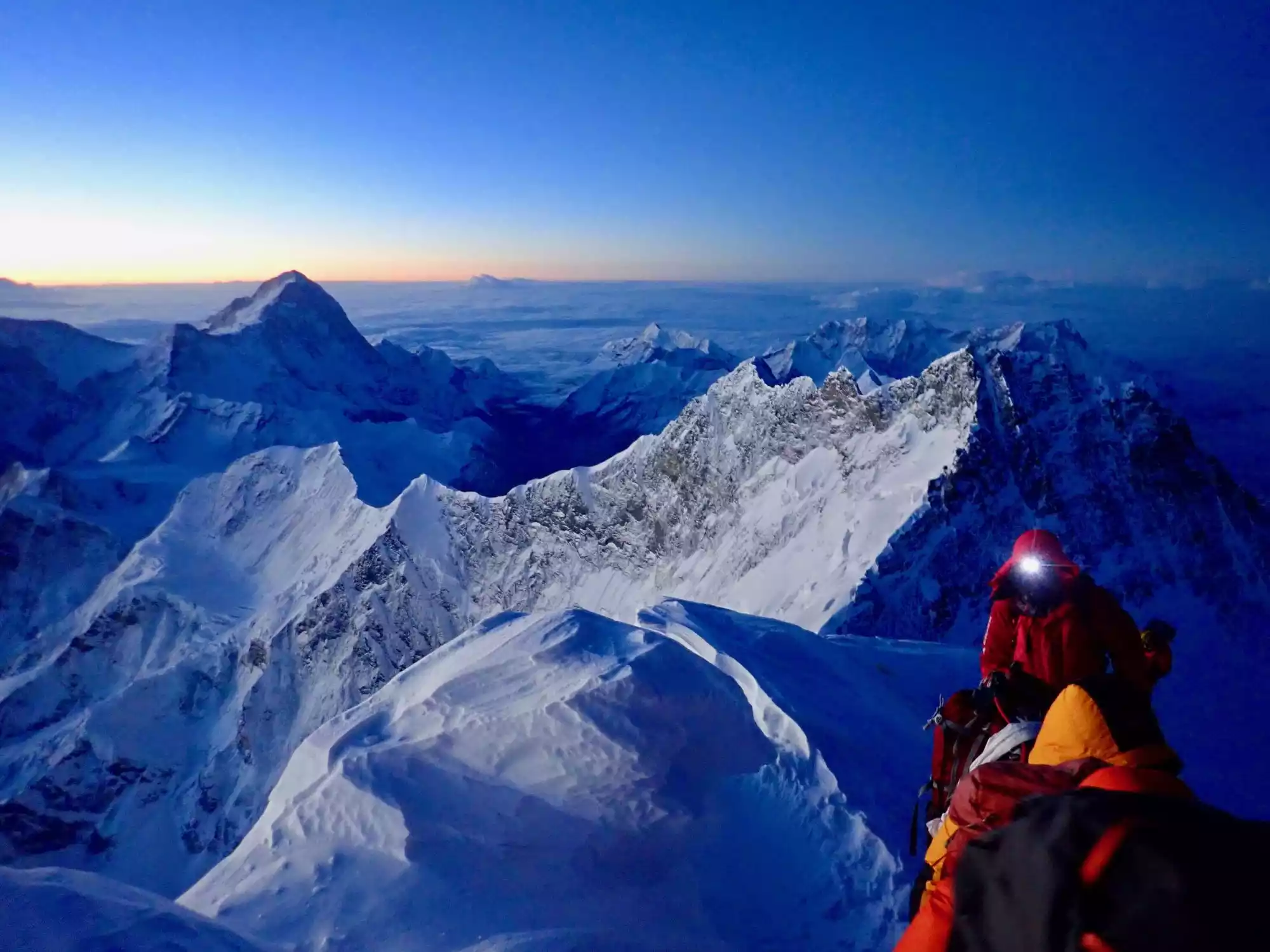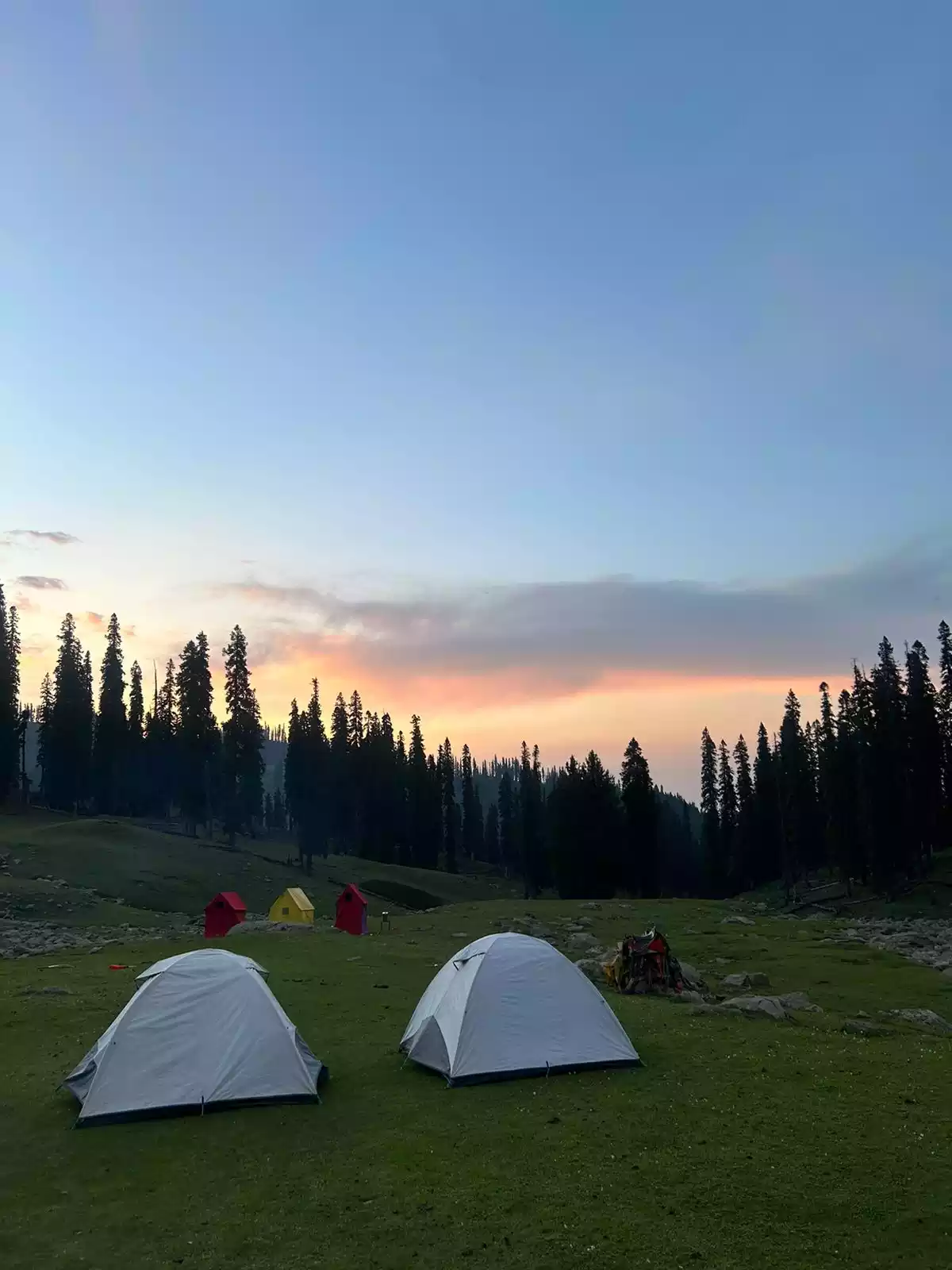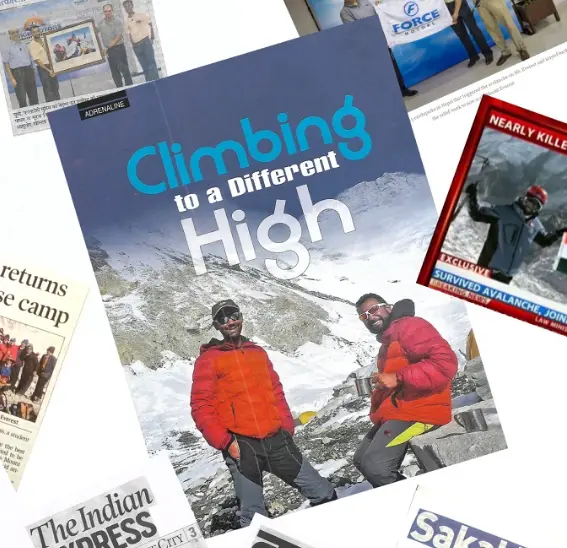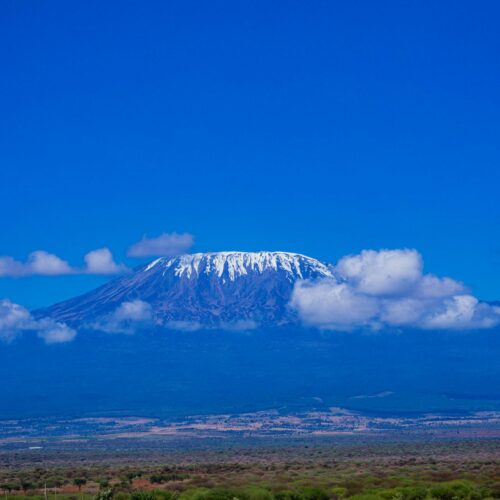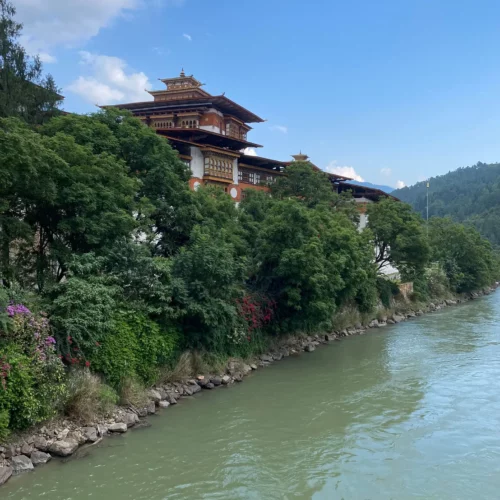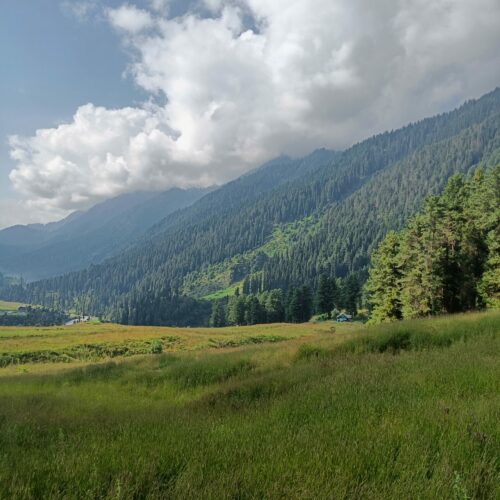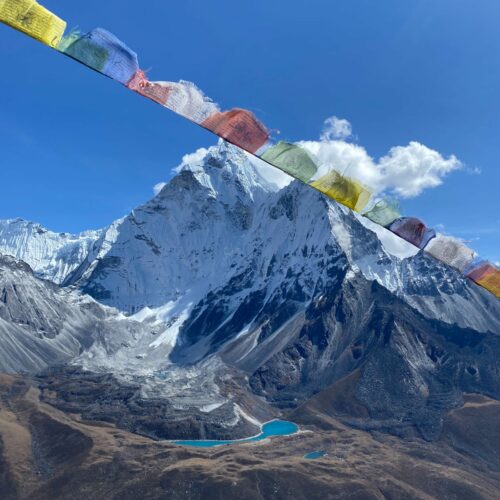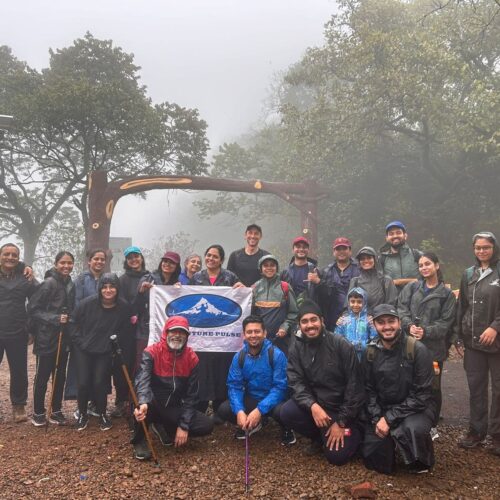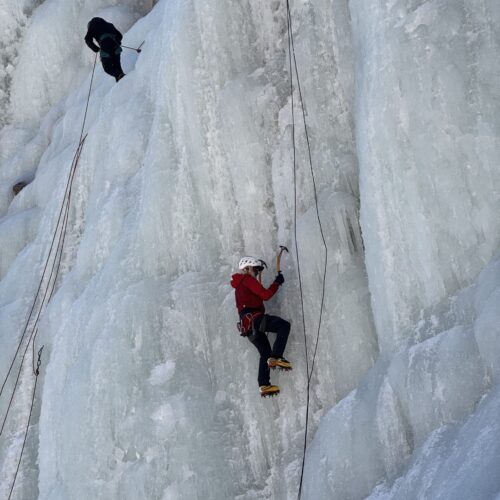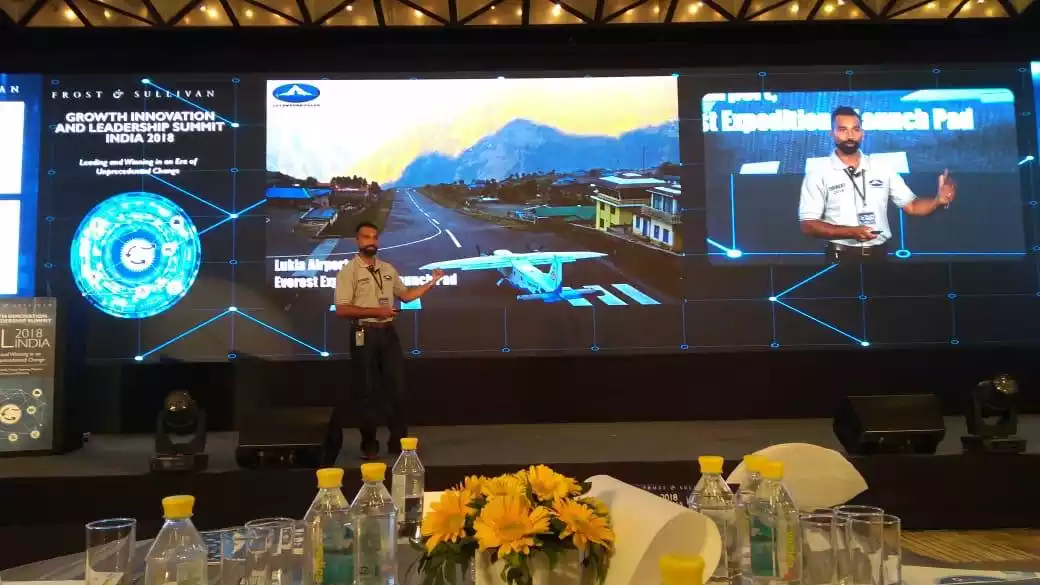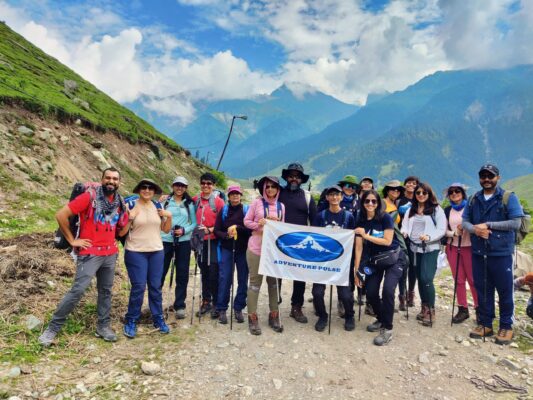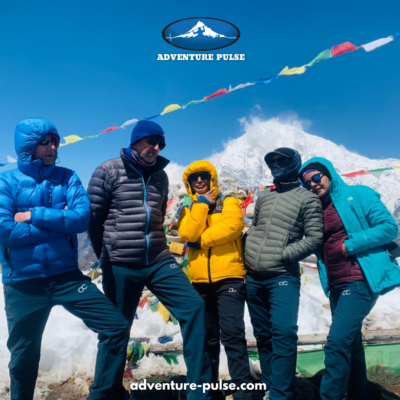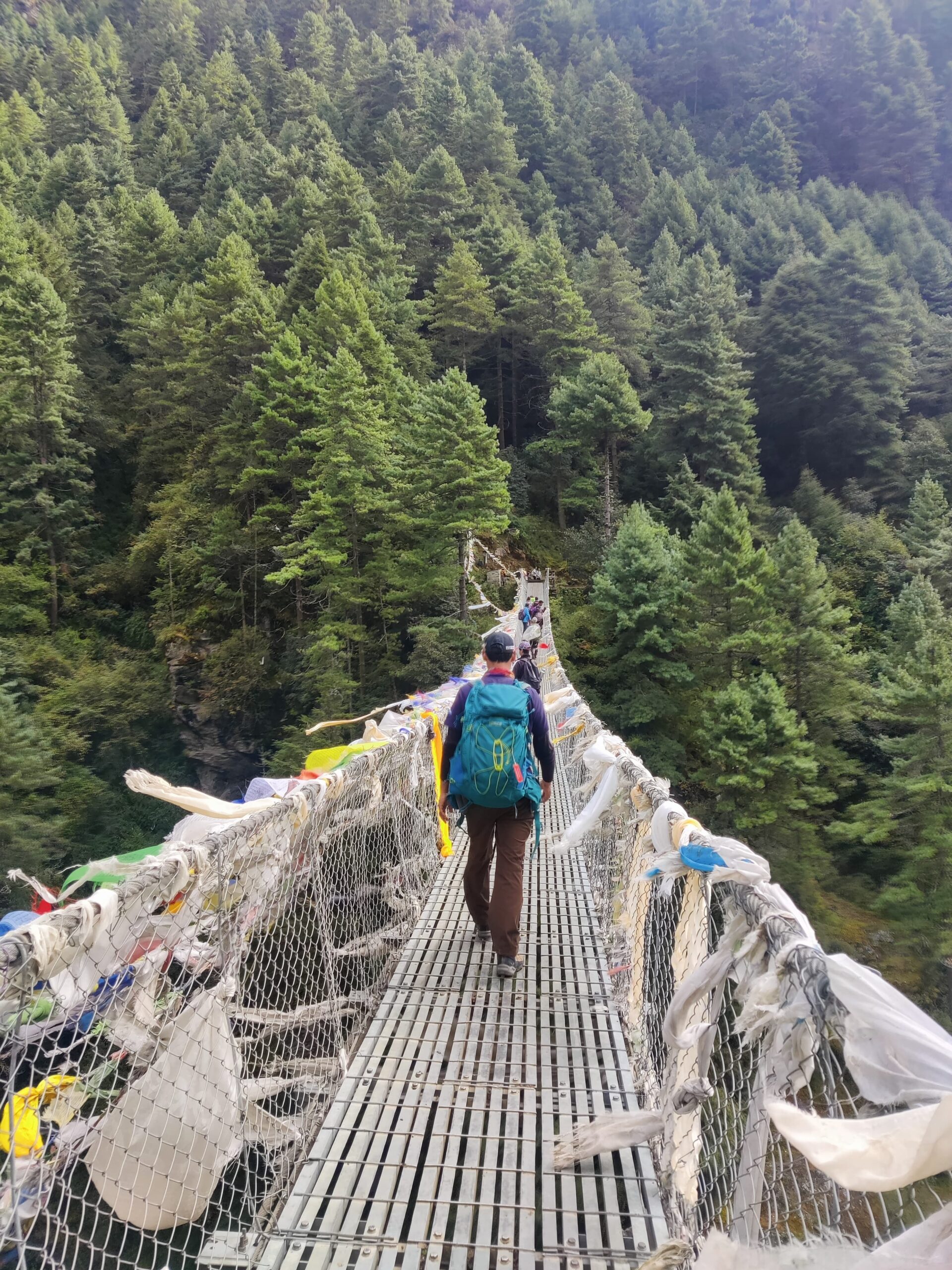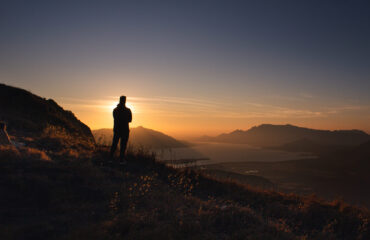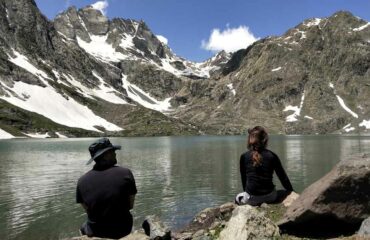
Sustainable Trekking in India – The Only Way Forward
For decades now, the Himalayas have been discovered on foot. Each year thousands of adventure enthusiasts and explorers embark on various trekking expeditions. Trekking in India offers huge variety of landscapes, ecology, terrains etc. India plays home to 2400+ kilometres of endless grasslands, high mountain passes, snow laden summits, ancient glaciers and rivers that form this magical mountain range! Within, lie countless trails, connecting villages, valleys, districts and even nations, which came into being for the sole purpose of trade and sustenance. As times changed, and roads connected us, many of these trails began to fade, slowly being reclaimed by the wild.
But as the world evolved, there were a handful of us with a thirst for adventure and exploration. Drawn to these old paths that led us into the relatively untouched sanctum of the Himalayas! Sustainable Trekking was a fringe activity, practiced by a very few and sometimes understood by even fewer. With no pot of gold at the end of these walks, the attraction was hard to fathom for the masses.
Up until the 2010s, the majority of people who visited the hills flocked to the usual destinations – Shimla, Manali, Mussoorie, Nainital, Sringar and Dharamshala to name a few. Others undertook pilgrimages to sacred temples like Kedarnath, Badrinath, Gangotri, Vaishno Devi or the Amarnath Yatra. But with the rise of several adventure tour operators who saw an untapped opportunity (and rightly so), the entire landscape of Sustainable trekking changed in the country.
The Path That Led Us Here
Trails were documented and publicly marketed, and slowly but steadily, a framework began to develop in which more and more people each year started heading to the mountains to trek rather than simply vacation or sightsee.
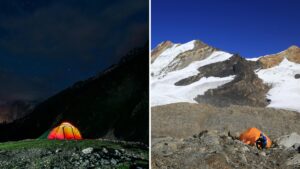
“Initially, group sizes and the number of groups on any given trail were manageable and within the realistic boundaries of what the environment could sustain—whether in terms of physical impact on the terrain, noise disturbing flora and fauna, waste generation, or the risk of polluting water bodies. A ‘manageable’ number of trekkers meant that campsites were better planned, trails were less worn, forests remained undisturbed by excessive noise, and waste could be collected and brought back down to towns and cities.
Crowding on treks was like the Yeti—essentially still a myth. The tranquillity of nature could be experienced in its purest form!
But with the advent and explosion of the social media age came the ability to virtually experience these beautiful sights and sounds which only further ignited a desire to experience them in reality. Essentially, FOMO (fear of missing out).
What we unfortunately ‘missed out’ on was understanding the ground reality of where we were heading.
Boiling Point: A Study in ‘Un-Sustainable’ Trekking
Hundreds and then thousands of people began beelining for the same 8-10 treks which had be publicised, popularized and with an expanding market offered at cutthroat rates. Soon, group sizes achingly began to climb from 10 to 15 to 20 and now even 25-30 people in a single batch for a trek.
Trails whose names we’ve all heard of like Har Ki Dun, Hampta Pass, Kashmir Great Lakes, Roopkund and Valley of Flowers saw footfall beyond reason. Peaks like Kedarkantha and Stok Kangri, saw jams on summit day, with the latter closed to tourists from 2020 onwards due to the obscene amount of pollution caused and the impact on the ecology and the glaciers around it. The Uttarakhand High Court, in 2018, had to ban camping in all alpine meadows or ‘bugyals’ due the adverse effects on these fragile grasslands due to trampling and littering.
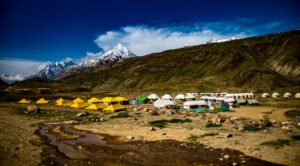
Fast forward to the 2020s, and the COVID-19 pandemic brought much-needed respite to nature—allowing forests to breathe, rivers to flourish, grasslands and campgrounds to regenerate, and wildlife to reclaim their habitats. Unfortunately, it was also the straw that broke the camel’s back.
Revenge tourism was real! The sheer numbers witnessed not only in vacation hubs across the country but also on treks after the lockdowns were unimaginable.
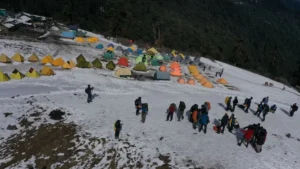
Image Source: news24online
Ever since, things have only spiralled. Sustainable trekking has been an afterthought. As people choose to spend their disposable income on ‘life experiences’ rather than grand purchases, we today stand at a watershed moment which will define the future of trekking, adventure and of course our beloved Himalayas.
Breaking the Himalayan Backbone
Over the last 15 years, an immense amount of damage has been inflicted upon the fragile ecosystems of the Indian Himalayas, threatening their biodiversity, water security, and ecological balance. What was once an untouched expanse of natural beauty is now straining under the weight of mass tourism and unregulated trekking practices. This is just a short glimpse of what has occurred before our very eyes:
- Accumulation of Waste:
Single-use plastics, non-biodegradable packaging, and human waste have piled up on trails, campsites, and even near water sources. Most remote mountain regions lack proper waste management systems, leading to gradual yet long-term contamination.
- Degradation of Farmlands, Grasslands, and Meadows:
Alpine meadows (bugyals) like Ali & Bedni Bugyal on the Roopkund Trek and Dayara Bugyal have faced severe trampling, resulting in soil compaction, loss of native grasses, and disruption of grazing patterns for local livestock. This led to the Uttarakhand government banning camping in such areas in 2018.
- Pollution of Water Sources:
Natural springs, streams, and glacial meltwater—primary drinking water sources—have been polluted by waste, soap, and human activity. The runoff impacts not only trekkers but downstream villages dependent on these waters.
- Loss of Vegetation from Overcamping:
Repeated pitching of tents in ecologically sensitive zones has stripped areas of grass, shrubs, and tree cover. Recovery is slow due to the harsh climate and high-altitude conditions.
- Unlicensed and Unplanned Tourism Infrastructure:
The mushrooming of hotels, lodges, and homestays—many lacking proper sewage and waste systems—has put immense pressure on local ecology. Construction without environmental impact assessments disturbs animal migration routes and fragile soil beds.
- Oversized Trekking Groups:
Batch sizes ballooning to 25–30 people overwhelm trails, campsites, and the carrying capacity of the environment. It becomes difficult to manage waste, maintain quiet, or ensure Leave No Trace principles are followed.
- Campfires and Illegal Wood Collection:
In many regions, trekkers and locals resort to cutting down trees or collecting wood for campfires, leading to deforestation, especially of slow-growing alpine species.
- Trampling and Trail Widening:
Heavy footfall results in soil erosion, widening of trails, and degradation of delicate mountain slopes. Once narrow forest paths have turned into muddy and wide. Now prone to landslides and waterlogging.
- Disturbance to Wildlife and Biodiversity:
Noise, litter, and human presence disturb native fauna like the Himalayan musk deer, snow leopards, and pheasants. Many animals are pushed to higher, colder altitudes, disrupting their habitat and food chain.
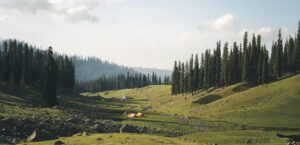
Future Myth or Reality? Choice is ours.
A Mindset Change = A Sustainable Trekking Future
If we don’t shift gears now, we might very well be the last generation to experience the Himalayas in its raw, breath taking form!
The solution isn’t to stop trekking, but to tread differently. To acknowledge that the mountains are not simply a playground to be pranced around in at will, but a living, breathing ecosystem. And that it is our responsibility to walk with awareness, humility, and care. It’s time to turn the tide with sustainable trekking. Through a combination of better policies, responsible practices, community partnerships, and eco-conscious tourism models. Here’s what that could look like:
- Enforcing Trekker Limits through Permits:
Cap the number of trekkers per trail per season through online permits and forest department tie-ups. For instance, Karnataka’s online booking system aims to limit footfall at ecologically sensitive sites – a model that can be scaled nationally.
- Mandate & Enforce Leave No Trace (LNT) Practices:
All trekkers and trek leaders should be trained in the 7 LNT principles—plan ahead, travel on durable surfaces, dispose of waste properly, leave what you find, minimize campfire impact, respect wildlife, and be considerate of others. These simple steps are critical for reducing our collective footprint.
- Eco-Certify Trekking Operators and Homestays:
Establish certification programs for eco-compliant adventure operators. Reward practices such as waste segregation, plastic-free logistics, and use of local resources. This helps travellers make conscious choices and raises overall industry standards.
- Introduce Strict Waste Management and Carry-Back Policies:
Every group must carry back its waste—no exceptions. Provide cloth garbage bags and set up collection stations at trailheads. Regular clean-up drives, incentivized by forest permits, can further help tackle increasing dumps which are popping up on trails.
- Build Proper Toilets and Eco-Sanitation Systems:
Dry bio-toilets or composting systems should replace open defecation zones. Trek operators must work with local administrations to construct and maintain minimal-impact sanitation setups.
- Rotational Campsites instead of Using Fixed Ones:
Fixed campsites suffer from overuse—leading to soil compaction, vegetation loss, and waste accumulation. Rotating campsites (using minimally different locations seasonally and between groups) gives the land time to recover, preserves biodiversity, and spreads out ecological impact across a wider area. While more expensive to execute, it’s highly rewarding in the long run.
- Ban or Strictly Regulate Campfires and Single-Use Plastics:
Prohibit open campfires, especially above the tree line, to prevent deforestation and minimize fire risk. Enforce a complete ban on single-use plastics on all trails. Encourage trekkers to carry reusable water bottles, food containers, and cloth bags to reduce waste at the source.
- Promote Offbeat and Off-Season Trekking:
Trek operators should mix in and trekkers should opt for offbeat trails to reduce the burden on popular ones by diversifying the calendar. Exploring different regions and states during off season months also allows you to discover the mountains in a new light, away from the rush of crowds.
- Encourage Local and Sustainable Tourism Models:
Engage local communities as trek leaders, porters, and home-stay hosts. This not only supports the economy but ensures that those with ancestral knowledge and stewardship over the land remain central to tourism decisions.
- Introduce Community-Led Monitoring and Enforcement:
Train locals, guides, and volunteers to monitor trail conditions, report violations, and educate visitors. This bottom-up approach empowers those directly impacted to safeguard their environment.
- Designate Ecologically Sensitive Zones with Restricted Access:
Identify biodiversity hot-spots, glacial zones, and alpine meadows as no-camp or restricted-use areas. Clearly mark and communicate these boundaries, and use technology to ensure compliance.
- Learn from Global Best Practices:
Countries like New Zealand, USA and those in the Alps (France, Italy, Switzerland) balance heavy footfall with exceptional regulation, community involvement, and infrastructure (mountain huts, shelters, bivouacs in comparison to wild camping). The National Park System also has year round advance lotteries for permits on iconic trails, to regulate the number of trekkers. India can draw from these systems to create its own world-class and sustainable trekking ecosystem.
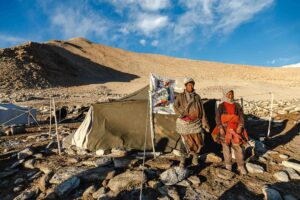
We can learn from the positively symbiotic relationship of shepherds with the Himalayas!
Parting Thoughts
The problem of over-tourism and crowded trails is nuanced. Public lands are, and should remain, free for everyone to experience. The opportunity to immerse yourself in the pristine depths of the Himalayas should not be gate kept for a select few. But if we don’t make the hard decisions today to preserve the very mountains we admire, we risk losing the chance to continue experiencing their wonder — and rob future generations of that same possibility!

